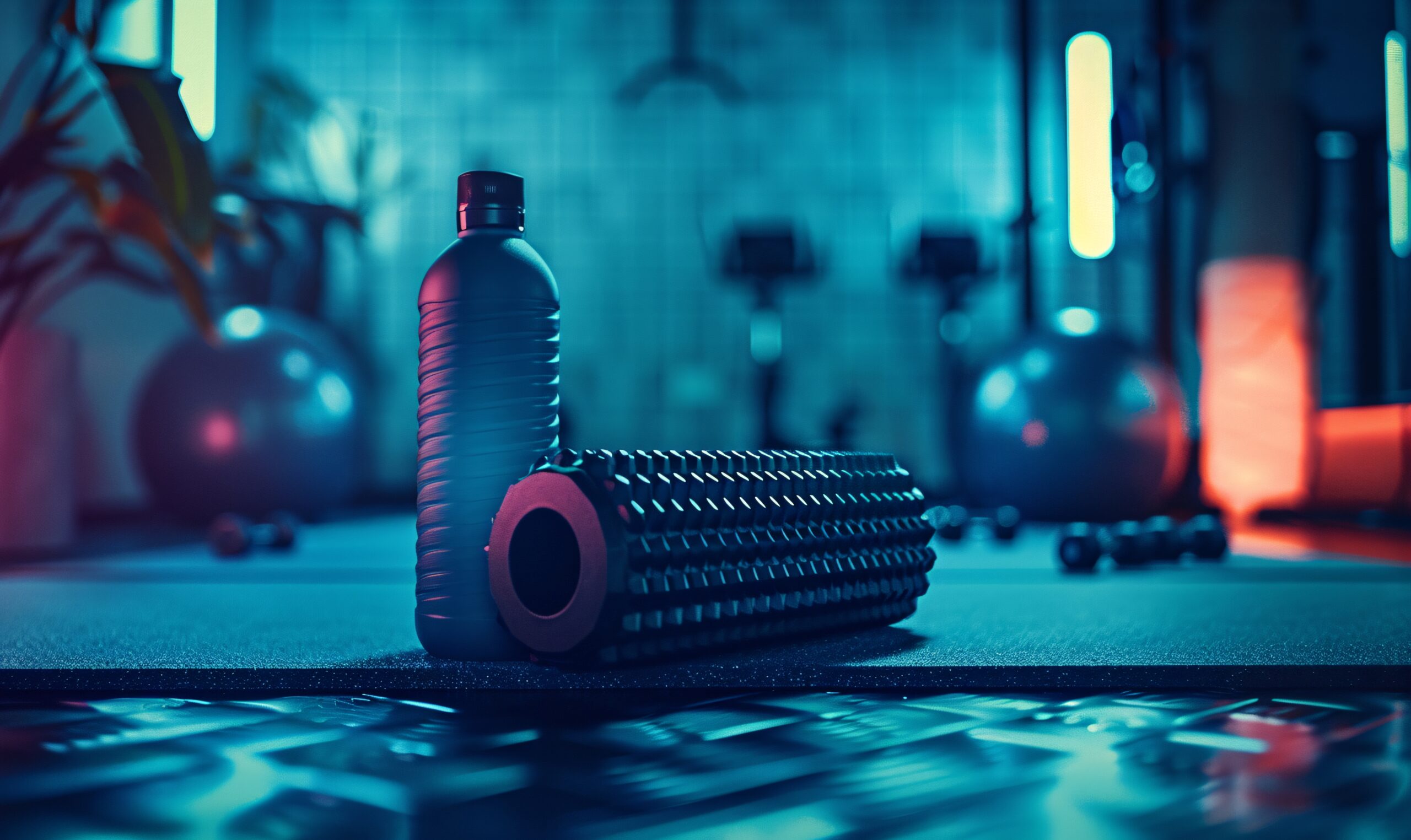Joint pain is a common issue for many men, especially as they age. But not all joint discomfort stems from injury or arthritis. In some cases, the root cause is more subtle—low testosterone. While testosterone is often associated with muscle mass or libido, it also plays a vital role in maintaining joint and connective tissue health.
In Florida, where an active lifestyle is common and aging populations are growing, persistent joint pain without a clear explanation could point to a hormonal imbalance. Understanding the role testosterone plays in your joint function can help you take the right steps toward long-term relief and mobility.
Understanding Testosterone’s Role in Joint Health
Testosterone helps preserve bone density, muscle mass, and the strength of connective tissues like ligaments, tendons, and cartilage—all of which are crucial for protecting joints. When hormone levels are optimal, the body maintains flexibility and resilience. But when testosterone drops, joints can become less supported, more inflamed, and prone to discomfort.
Testosterone also has anti-inflammatory effects. It regulates the body’s immune response by suppressing pro-inflammatory markers such as IL-6 and TNF-alpha. These markers are often elevated in men suffering from chronic joint issues and autoimmune conditions. A decline in testosterone removes this regulatory balance, leading to increased inflammation, swelling, and long-term joint damage.
Low testosterone is typically defined as levels below 300 nanograms per deciliter. Once hormone levels fall beneath this threshold, symptoms often appear, including:
- Increased body fat
- Decreased muscle mass and strength
- Chronic fatigue
- Low libido or erectile dysfunction
- Mood disturbances
- Heightened inflammation and sensitivity to pain
- Difficulty sleeping
- Memory issues and cognitive fog
- Hair thinning or loss
These symptoms frequently overlap with joint discomfort, amplifying physical and emotional strain. For men in Florida, where outdoor activities, sports, and year-round movement are part of everyday life, this hormone-related joint pain can be especially frustrating.
Signs Your Joint Pain Might Be Hormone-Related
Not every case of joint pain is hormonal. But if any of the following apply to you, low testosterone may be involved:
- Fatigue and mood changes: Experiencing exhaustion or emotional shifts in addition to discomfort? This could indicate a broader hormonal issue.
- Stiffness without injury: Pain that comes on gradually without trauma might be linked to osteoarthritis or hormone shifts.
- Slower recovery after activity: Extended soreness or fatigue post-exercise may suggest low testosterone is affecting your muscle recovery.
- Worsening discomfort with age: If your joint pain increases as your strength and lean muscle decline, testosterone may be contributing to instability and soreness.
If you’re noticing these symptoms, it’s worth considering whether hormonal changes could be playing a role—especially if you live an active lifestyle in Florida’s year-round warm climate.
Differentiating Low Testosterone Joint Pain from Other Causes
While arthritis, injury, and overuse are common culprits, hormone-related pain has some distinctive features:
| Feature | Hormone-Related | Arthritis/Injury |
|---|---|---|
| Onset | Gradual, paired with other symptoms | Sudden or linked to physical strain |
| Location | Multiple or generalized joints | Usually localized |
| Additional Symptoms | Fatigue, weight gain, low libido | Swelling, redness, recent trauma |
| Approach | Hormonal balancing, long-term care | NSAIDs, physical therapy, procedures |
Understanding the root cause helps in choosing the right course of action—especially when traditional pain relief isn’t delivering results.
Addressing the Issue in Florida
Florida’s unique demographics—especially its high number of residents over 40—make low testosterone a particularly relevant topic. Testosterone levels naturally begin to decline around age 30–35, and lifestyle stressors or underlying health conditions can accelerate the process.
This matters because joint pain tied to hormonal decline doesn’t just affect comfort—it can reduce mobility, limit participation in physical activities, and decrease quality of life.
Getting your hormone levels checked is simple. A morning blood test typically provides a clear snapshot of your testosterone levels. Results can come back quickly, giving insight into whether your discomfort is hormone-related.
For men in Florida who value their energy, health, and freedom to move, addressing testosterone imbalances can be a critical step toward reducing pain and restoring an active lifestyle.
Don’t Guess—Get Answers
If you’re dealing with joint discomfort alongside symptoms like fatigue, low sex drive, muscle loss, or mood changes, don’t chalk it up to age or overuse too quickly. The pain may not be mechanical—it may be hormonal.
Florida men deserve to feel strong, capable, and pain-free at every stage of life. Exploring whether low testosterone is a factor could unlock the path to healing and long-term joint health.



